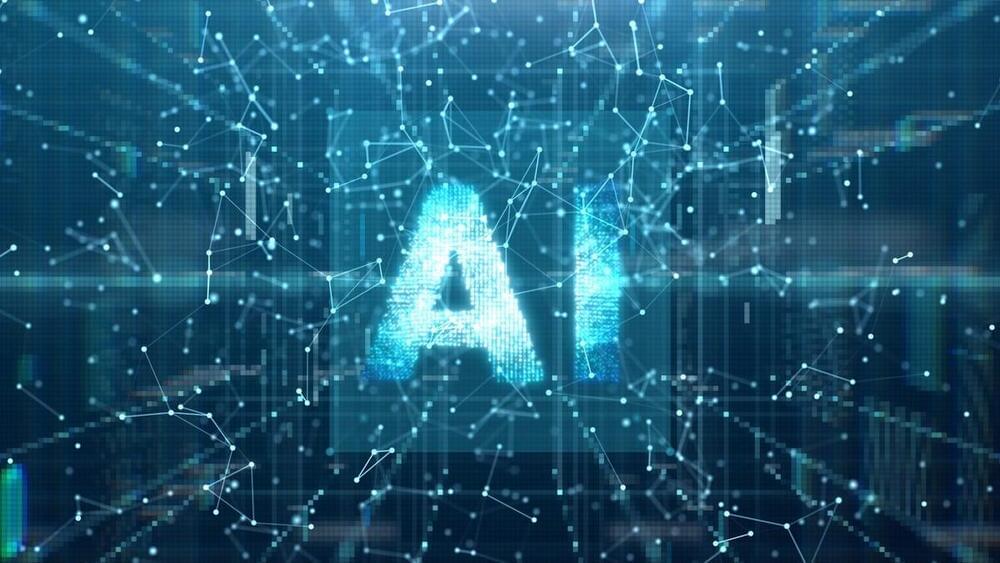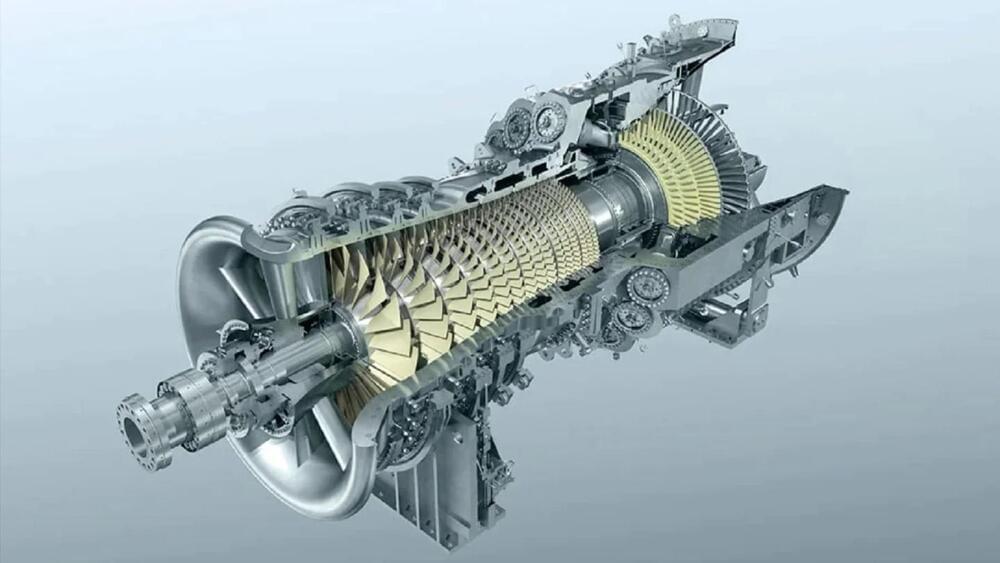Aug 12, 2024
American Science is in Dangerous Decline while Chinese Research Surges, Experts Warn
Posted by Dan Breeden in categories: economics, science, security
A very dangerous position to be in the world community of scientist should gather in agreement those friendly to the values and principles of democracy to advance science for the good humanity and freedom.
The U.S. sorely needs a coordinated national research strategy, says Marcia McNutt, president of the U.S. National Academy of Sciences.

















